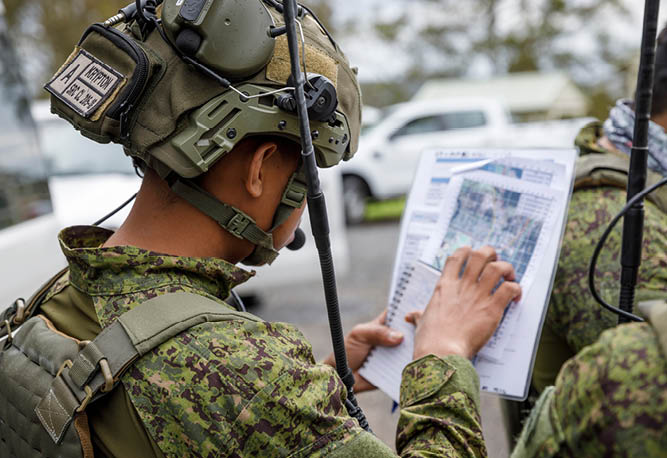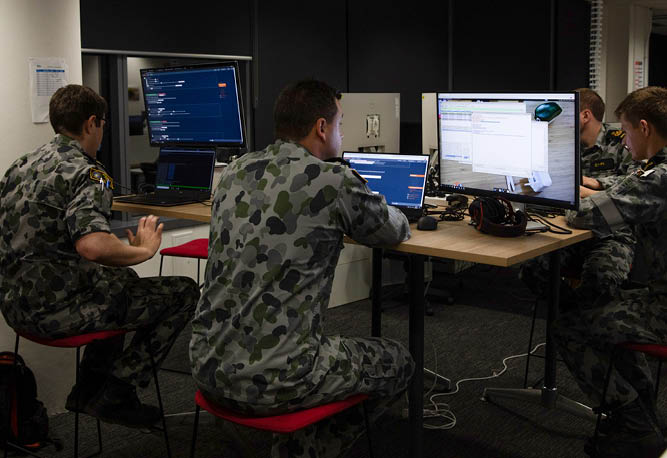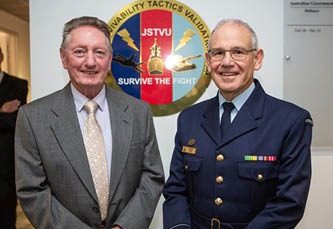The Australian Defence Force’s Defence High Frequency Communication System (DHFCS) – a key pillar of Australia’s strategic military communications network – is set for a major capability upgrade under a 10-year program to be delivered by Babcock Australasia (Babcock).
The new contract will see Babcock lead the operation and support of the existing HF capability, while delivering a comprehensive technology upgrade program over the initial 10-year contract period.
Commencing in October 2023 under the JP9101 – Enhanced Defence High Frequency Communications System (EDHFCS) program, the new system will provide Australian and allied armed forces with the ability to securely communicate using voice and data from almost any location across the globe.
Babcock is now the largest provider of strategic high frequency communications in the world, built on a common mission system architecture that is both scalable and interoperable. Through this agreement, the Commonwealth will join the New Zealand and United Kingdom Ministries of Defence in selecting Babcock as their partner of choice in the engineering, operation and support of long range, resilient strategic HF communications.
David Ruff, Babcock’s Chief Executive Officer Australasia, said Babcock’s strategy and vision is aligned to the needs of the Five Eyes community and its allies – providing secure, robust communications that are resilient and interoperable.
“In a modern threat environment, access to local communication infrastructure or satellite communication cannot be assured. Having a communications capability that can work seamlessly with the ADF and its allies is an essential requirement for military operations,” said Ruff.
“Our selection reinforces confidence in our ability to bring together complex and critical digital defence capability to meet the needs of our customers, an area of increasing importance to our global customers.”
Babcock’s principal partner for the program, Lockheed Martin Australia will support Babcock in the delivery of mission system elements that will grow a sovereign industrial capability solution to provide through life support over the duration of the program and beyond.
Australian industry will play a significant role in the delivery of the program, with the majority of works to be completed in Australia, by Australian companies.
At the heart of the solution is Babcock’s Intelligent Network and Serial Protocol Interface for Radio Equipment (INSPIRE), which provides a step-change in ease of upgrade and re-configuration that will ensure Australia’s EDHFCS will remain current and ready to support the ADF whenever and wherever it is needed.
Ruff said the EDHFCS upgrade will create high-tech jobs across Australia ensuring world-leading defence capabilities are fostered domestically.
“The project will create more than 150 new jobs, most of which will be located in Adelaide where a Contract Support facility will be established. This will, together with existing defence programs such as AIR2025 JORN, create an economic cluster in High Frequency technologies in South Australia.
“The remainder of staff will be situated across multiple Regional Centres in Exmouth, Wagga Wagga, Townsville, Darwin, as well as an operations support facility Canberra.”














